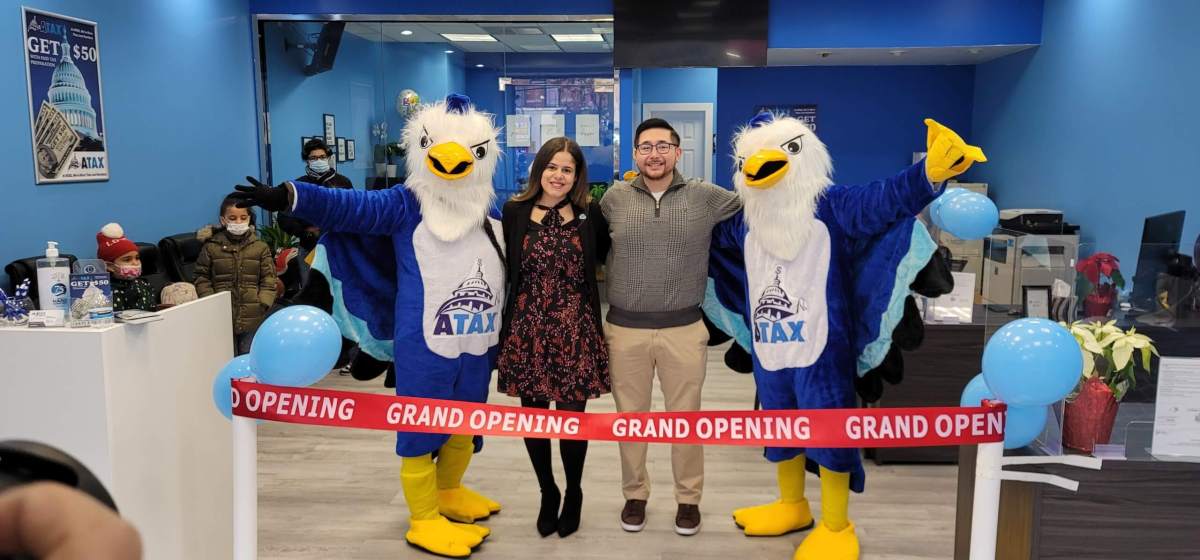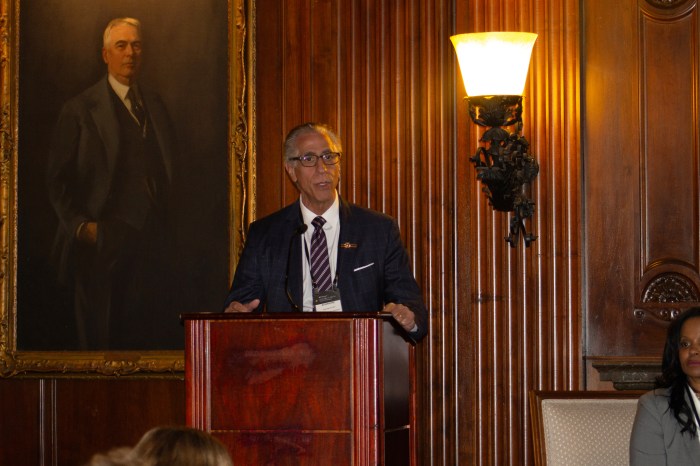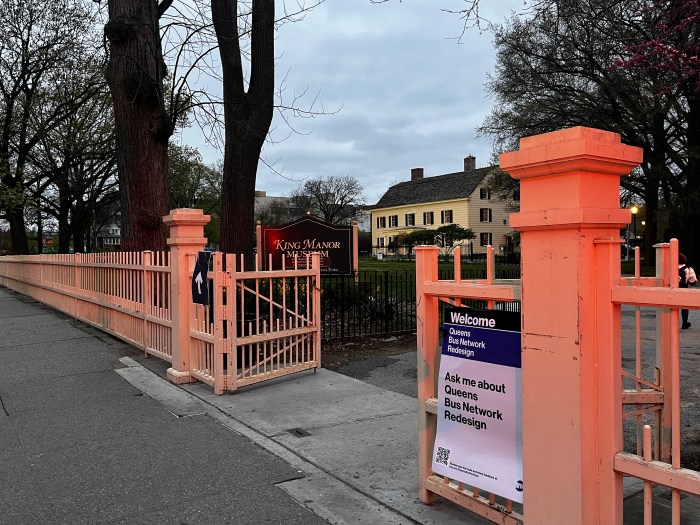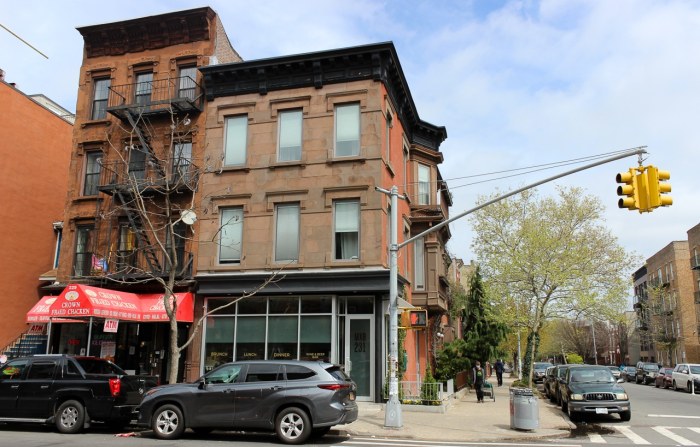New Yorkers who were “heartbroken” by the news of children being separated from their parents at the U.S.-Mexico border were eager to do what they could to help the ones that ended up in their neighborhoods.
“I feel like we failed as a society and now it’s our moral responsibility to take care of these kids and also figure out a plan to reunite them with their parents,” Ramya Lakshminarayan of Brooklyn said Thursday at Manhattan Councilman Mark Levine’s office, where donations were being collected.
Levine’s office began collecting items for the 239 children currently being served by an East Harlem foster care facility Thursday morning.
“There’s been an incredible outpouring of support,” Levine said. “New Yorkers are dropping off all sorts of clothing, diapers and other goods for young people. … People from almost every profession — lawyers who want to provide legal aid. We’ve had pediatricians call. We’ve had families offering to foster the children.”
The children at the Cayuga Center on Park Avenue are among thousands who have been separated from their parents as a result of President Donald Trump’s “zero tolerance” immigration policy. Following a large public outcry, the president signed an executive order Wednesday to stop the separations. He also ordered agencies on Thursday to begin reuniting the families, but no timeline was provided.
Mayor Bill de Blasio, who was in Texas Thursday with other mayors to try to tour the Tornillo Migrant Children’s Facility and call for families to be reunited, said he found out Wednesday that hundreds of children had been brought to Cayuga since April. He did not know how many more children were at other centers across the city.
Gov. Andrew Cuomo said his office estimates there are about 700 immigrant children placed in care agencies across the entire state.
Harlem resident Rich Herrera was at Levine’s office donating toys and stuffed animals.
“We are hearing about these kids being taken from their parents…kids that look like me, sound like me, look like my kid,” he said. “It’s heartbreaking, so we are just doing what we can.”
Outside the shelter Thursday, 55-year-old Nancy Sicardo said she saw eight children being brought there Tuesday night.
“They were afraid. A lot of them were covered up with blankets on their face. They had drawings with them,” she recalled. “I was angry because I’m walking past these kids, I see something strange, but I don’t know what’s going on. These kids were under our nose all this time and nobody knew.”
Upper West Side resident Steve Smith, 67, has similar concerns about why New York elected officials didn’t know kids were being brought to the city.
“It’s pretty sneaky of our federal government, who we pay taxes to,” he said outside the shelter. “How many places like these are in the city that we don’t know about?”
New Yorkers also have planned protests and vigils in response to the separations.

















